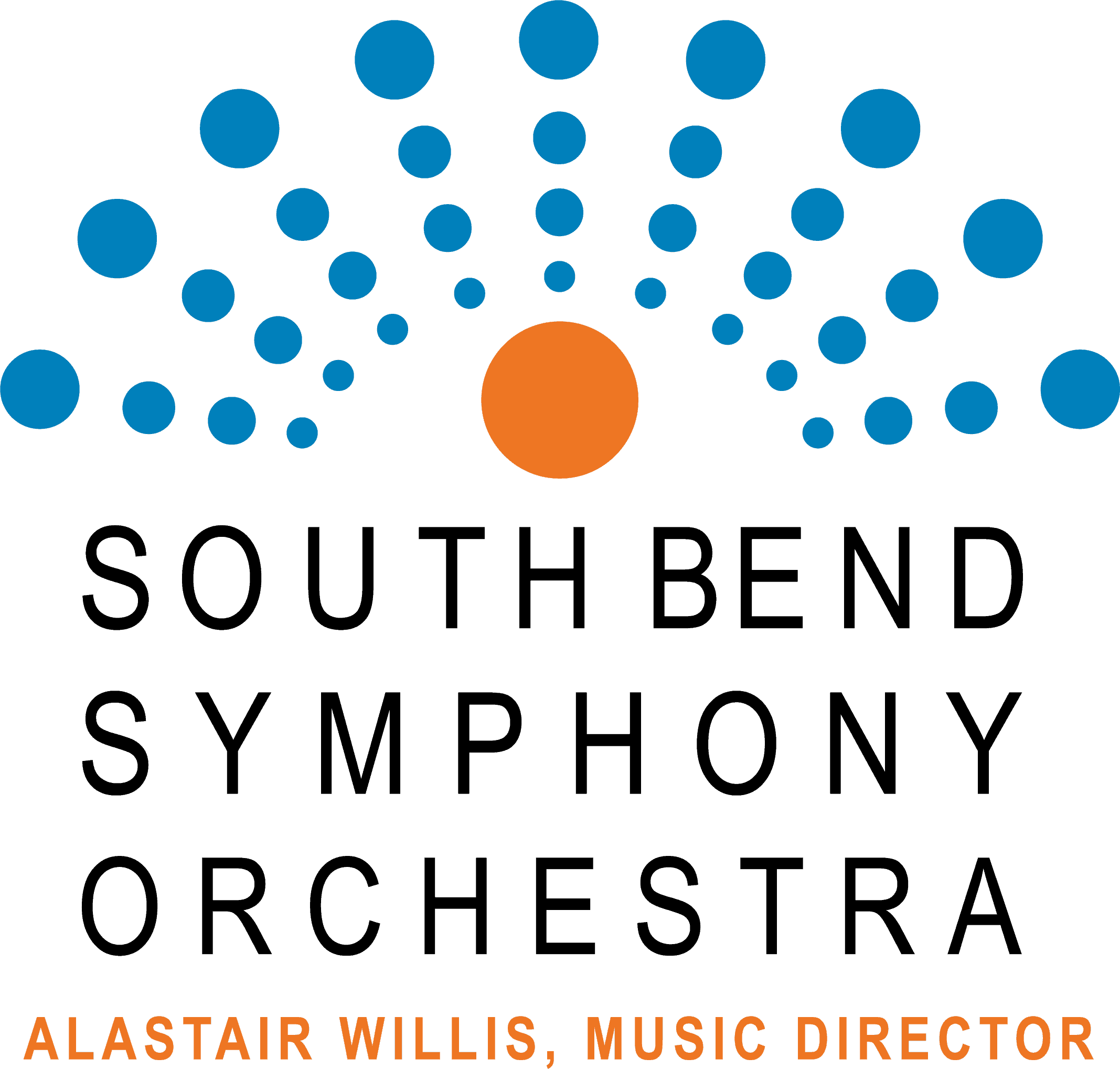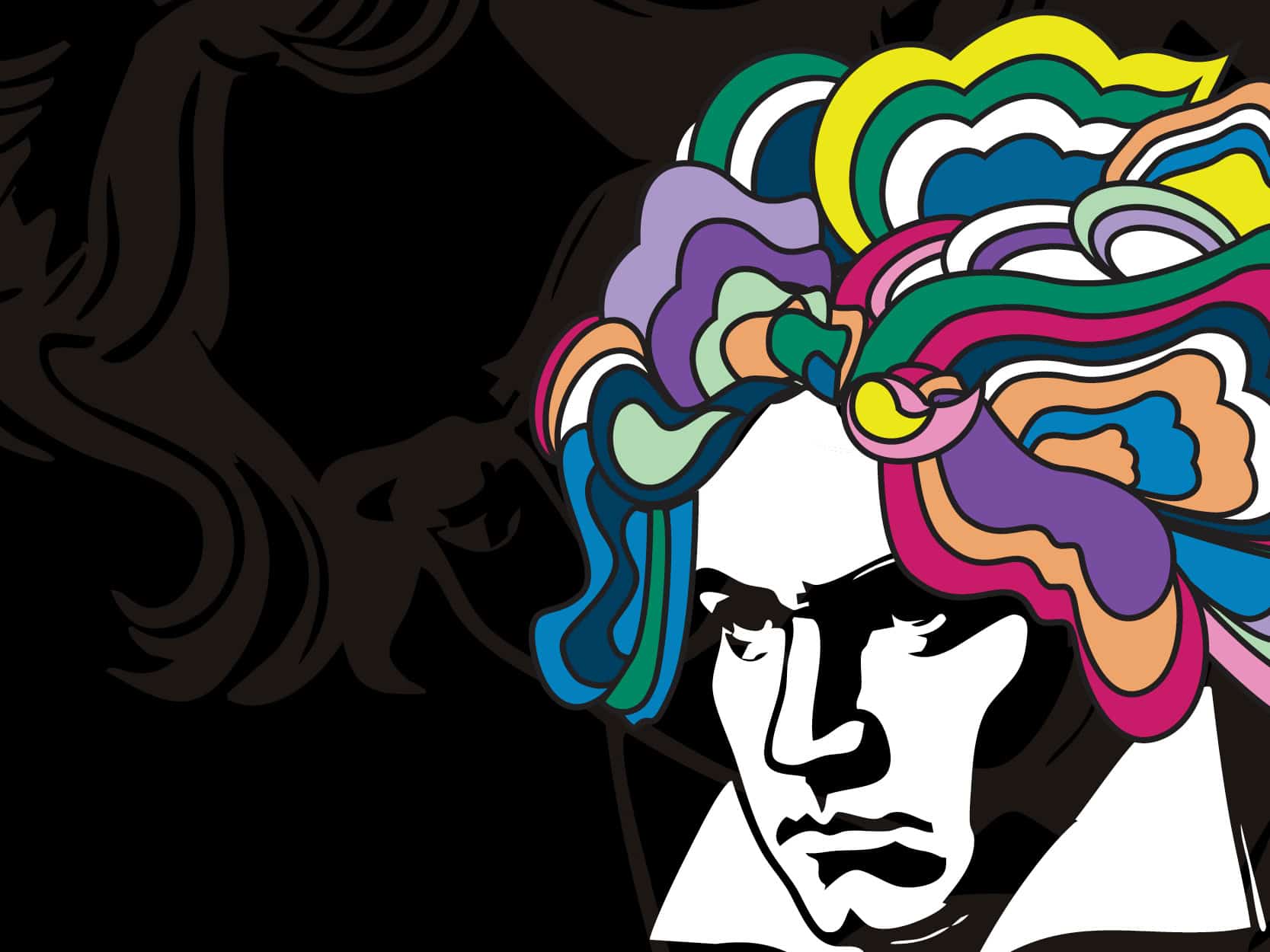
Tchaikovsky’s Symphony No. 6.
January 31, 2026 / 7:30 p.m.
The Symphony welcomes acclaimed clarinetist Anthony McGill for an emotionally powerful evening featuring Tchaikovsky’s Symphony No. 6. Program Quinn MASON Shine Time Malek JANDALI Clarinet Concerto (Anthony McGill) PYOTR ILYICH TCHAIKOVSKY Symphony No. 6 Program Notes Shine Time Quinn Mason Born: 1996, Dallas, Texas Composed: 2024 Premiered: January 18, 2025, Plano Symphony Orchestra with Héctor Guzmán conducting Duration: 7 minutes Shine Time was commissioned by the Plano Symphony Orchestra, with generous support from Charles and Tammy Miller, in honor of music director Héctor Guzmán and his 41 fruitful seasons with the orchestra. In composing this work, I sought to create a showpiece that celebrates the unique chemistry that Maestro Guzmán and the orchestra have, shows off the virtuosity of the Plano Symphony Orchestra, and even pay tribute to the Maestro himself. — Quinn Mason Clarinet Concerto Malek Jandali Born: December 25, 1972, Waldbröl, West Germany Composed: 2019-2021 Premiered: March 9, 2024, Fairfax Symphony Orchestra with Christopher Zimmerman conducting, Center for the Arts, George Mason University Duration: 26 minutes. Dedication: “In memory of all victims of injustice.” Written for Anthony McGill, principal clarinetist of the New York Philharmonic and artistic director of Juilliard’s Music Advancement Program, Jandali’s Clarinet Concerto was completed in 2021 and dedicated to McGill “in memory of all victims of injustice.” Infused with ancient Syrian themes, it continues the composer’s mission to preserve his homeland’s heritage through music. Reflecting on the work, McGill said, “In the midst of pain and injustice, all we can do is pour our hearts and souls into something beautiful that can live on.” He described feeling “connected to something much greater than myself” through its haunting themes. Marin Alsop, a longtime collaborator, calls Jandali’s art “deeply moral,” likening his use of Syrian folk elements to Bartók and Dvořák: “The most important part of the story is always the moral.” Musically, the concerto unfolds from a mysterious ...



